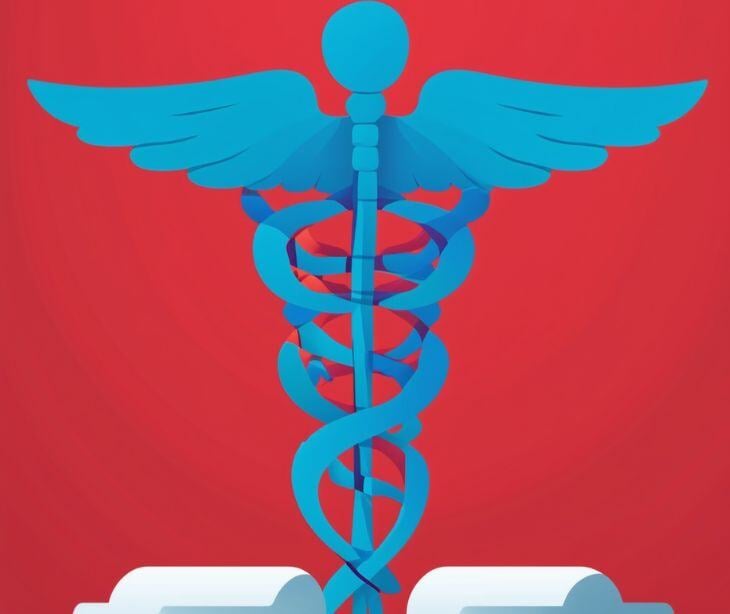%20(78).jpg)
Healthcare providers can secure patient data in digital consent forms using strong encryption, robust access controls, and secure storage with regular backups. Implementing firewalls and intrusion detection systems, conducting risk assessments, staff training, business associate agreements (BAAs), and a solid incident response plan ensure compliance with HIPAA and protection against breaches.
Overview of digital consent forms
Digital consent forms in healthcare facilitate a quicker and more efficient patient intake process, allowing healthcare providers to handle paperwork electronically. Speeding up administrative tasks reduces the risk of physical document loss and enhances overall workflow.
Related: A HIPAA consent form template that's easy to share
The significance of securing patient data
The HHS defines protected health information (PHI) as "all 'individually identifiable health information' held or transmitted by a covered entity or its business associate, in any form or media, whether electronic, paper, or oral.".
Safeguarding PHI helps maintain patient trust and prevent identity theft or misuse of information. HIPAA sets stringent standards for handling patient data. Compliance with HIPAA ensures that patient information is securely managed and protected. Data breaches can have severe consequences, including legal liabilities and damage to a provider’s reputation.
Related: Safely transmitting PHI
How to secure patient data in digital consent forms
The HIPAA Security Rule “requires covered entities to maintain reasonable and appropriate administrative, technical, and physical safeguards for protecting e-PHI.".
Technical safeguards
- Encryption: Ensure patient data is encrypted during transmission (using protocols like TLS) and while stored, protecting information from unauthorized access and interception and securing it from potential breaches.
- Access controls: Implement robust controls to ensure only authorized personnel can view or modify patient data. Use role-based access controls to restrict access based on job functions and employ multi-factor authentication (MFA) to add an extra layer of security.
- Secure data storage: Use secure storage systems with regular data backups and comprehensive disaster recovery plans to ensure patient data is protected from unauthorized access and recoverable in case of a system failure.
Administrative safeguards
- Risk assessment: Conduct regular investigations to identify and mitigate vulnerabilities in your digital consent systems.
- Employee training: Educate staff on HIPAA regulations, data security best practices, and the importance of safeguarding patient information. Regular training ensures that employees know their responsibilities and the latest security protocols.
- Business associate agreements (BAAs): Ensure that any third-party vendors handling patient data sign BAAs. BAAs stipulate that these vendors adhere to HIPAA standards and protect PHI following legal requirements.
- Incident response plan: Develop a comprehensive incident response plan to address potential data breaches. The plan should include procedures for reporting, investigating, and mitigating breaches, as well as communication strategies for informing affected patients.
Physical safeguards
- Secure facilities: Protect physical access to servers and devices for managing digital consent forms. Use locks, surveillance, and restricted access areas to safeguard hardware.
- Device management: Implement policies for securing devices that access digital consent forms. That includes encryption, setting strong passwords, and enabling remote wipe capabilities.
Additional considerations
Data minimization
Collect only the necessary information in consent forms to reduce the risk of exposing sensitive data. Avoid requesting unnecessary details that could increase privacy risks.
Data retention
Define and enforce policies for how long digital consent forms are retained. Ensure secure disposal of data that is no longer needed.
Regular monitoring
Continuously monitor systems for unauthorized access and vulnerabilities. Regular reviews help maintain data security and promptly address potential issues.
Related: HIPAA Compliant Email: The Definitive Guide.
FAQs
Can digital consent forms be securely used on mobile devices?
Yes, but ensure that mobile devices are secured with encryption, strong passwords, and remote wipe capabilities. Use platforms optimized for mobile access with built-in security features.
How can healthcare providers ensure patients understand the digital consent process?
Provide clear instructions and support during the consent process. Offer a helpdesk or contact person for questions, and ensure the language used in consent forms is simple and easy to understand.
What role does audit logging play in securing digital consent forms?
Audit logs track access and modifications to digital consent forms, providing a record of who accessed the data, when, and what changes were made.


%20-%202024-10-13T090624.320.jpg)

